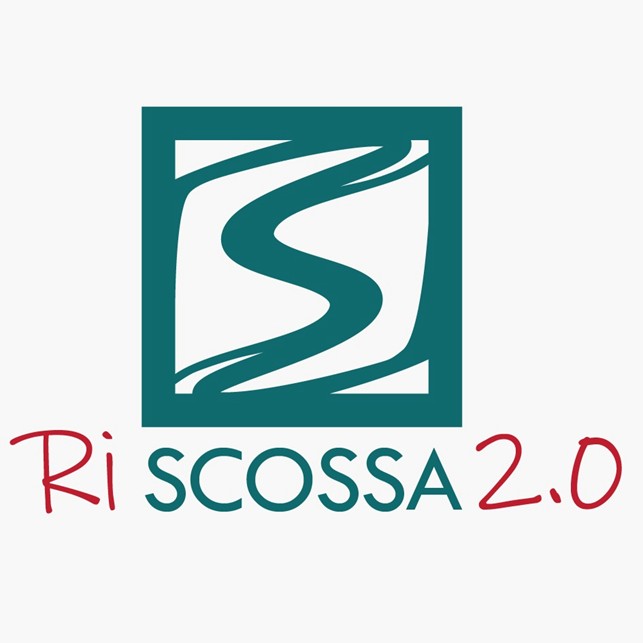
Titolo: Renovation and Improvement of Seismic COde for Stick-Slip Analises 2.0
Acronimo: RI-SCOSSA 2.0
Principal Investigator: Giuseppe Tropeano
Unità di ricerca coinvolte: Università degli Studi di Cagliari (coordinatore), Università degli Studi di L’Aquila
Descrizione:
Among the effects of earthquakes, the activation of landslide and liquefaction constitute two of the predominant causes of vulnerability of the physical and built environment. These phenomena may not necessarily occur for high intensity seismic events: the extent of deformation phenomena is substantially related to the landslide and liquefaction susceptibility of the area as abundantly demonstrated by the land effects surveyed following the most recent earthquakes in Italy.
Although liquefaction and landslide triggering are considered engineeringly as two phenomena to be analysed separately, although both are due to the attainment of localized (formation of slip surfaces) or generalized (liquefaction of an entire soil layer) ground failure conditions, and both depend on the cyclic metastable behaviour of the soil that draws on high shear deformations until failure conditions are reached.
For this reason, site instability should be studied organically considering both phenomena and integrated into the analysis of the seismic response of the site which, at present, can be addressed through rigorous approaches that requires the use of a computer codes which include advanced constitutive models for soils that incorporate plasticity and volumetric-distortional coupling. A practical application of this possibility, however, is difficult, since the parameters defining these models must be calibrated through detailed and cumbersome laboratory tests. Additionally, the achievement of failure or liquefaction conditions is a mathematical singularity of the system that cannot be evaluated with numerical methods which assume the continuity and the differentiability of the stress and strain variables.
The RI-SCOSSA Project aims to develop a numerical procedure (to be implemented in the SCOSSA 2.0 computational code) to include the phenomena arising from increase of pore water pressure and development of slip surfaces in seismic wave propagation analyses under one-dimensional conditions considering the full range of possible shear deformations for the soils involved.
The proposed project follows several years of experience gained by the proponents in the field of site instability in parallel tracks that involved the development of a numerical procedure for the dynamic analysis of soils susceptible to the development of slip surfaces with a stick-slip dynamics model and the development of simplified but reliable procedures for the calculation of excess pore water pressure increment and its effects, as reported in several scientific publications.
Further information can be found at https://www.univaq.it/section.php?id=2215 and on the official website of the project https://prin.unica.it/ri-scossa/






